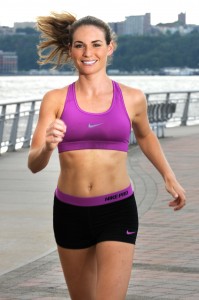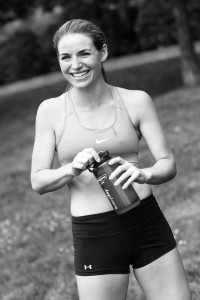 Let’s talk about gear. Running, in general is a very cheap exercise choice. All you really need is a good pair of running shoes. However, there are a few other items that can make your running experience better.
Let’s talk about gear. Running, in general is a very cheap exercise choice. All you really need is a good pair of running shoes. However, there are a few other items that can make your running experience better.
Socks: cotton socks cause those nasty, painful blisters. I ran in cotton socks for years, and powered through those painful bubbles on my feet. Investing in some running socks is worth the price. Running socks are expensive compared to the cotton ones, but they will change your running life. Seriously.
Non-cotton clothes: You can go run in those sweats and a tee, and be totally fine. Hell, I used to for years. However, if you are running in summer heat or winter cold, investing in some running clothes will make running far more comfortable. Here’s why: cotton is not designed to wick moisture away, and sweating in winter while wearing cotton will make you cold and clammy. Cotton in summer will make you feel hot and heavy as cotton gets heavy as it holds all of that sweat. Also, cotton can cause chafing. Not fun.
Bodyglide: This miracle, deodorant-looking tube will be the best $7.00 you will spend on running gear. Simply apply the stick on spots where chafing occurs. Sports bra, sleeves, thighs – everyone is different regarding chafing problems and often what you wear (cotton is not good) can factor.
Running watch: While this gadget is not necessary, especially for novice runners, it’s a tool I personally never run without. Here’s why: data gathered gives you an honest assessment of how every workout went, where improvements occur, and more. Even though I always have my watch on my wrist, there are many workouts when I don’t look at it while on the run. Recovery runs, for example, I go by feel.
Other helpful gear: Running cap (great for sunny and hot days!), winter gear, running sun glasses (you can find them at race expos for $20.00!).




